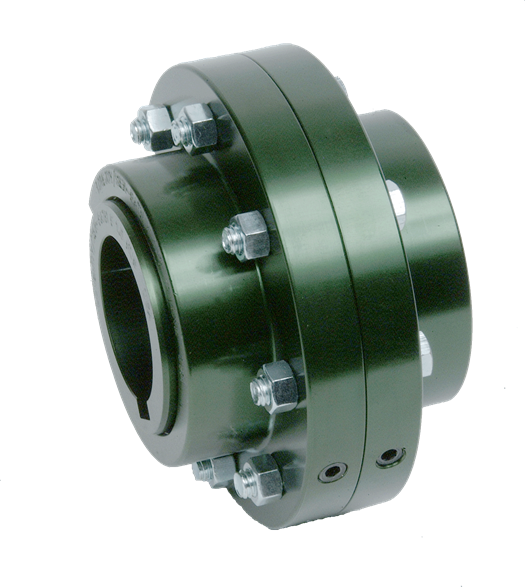For connecting process equipment gear coupling is among the most commonly used methods. They can provide long life and good reliability when properly selected, installed, and maintained.
Over other couplings, Gear Coupling offers several advantages, including very high torque density, moderate misalignment capacity, and exceptional tensional stiffness and.
However, you will find many areas where failures may be initiated when it comes to gear coupling reliability. Because of a lack of knowledge or a lack of execution of certain fundamentals generally, these failures begin, which are very much important for these couplings to run reliably.
Installation
Due to their installation few couplings don’t get much of a chance at a decent life. There are times these parts don’t die but are murdered just like other components that experience infant mortality. If optimum reliability is to be obtained then certain elements of gear coupling installation must be considered by gear coupling manufacturer, including:
Keys and Keyway Fits - To reduce the risk for fatigue cracking keyways should have a proper radius. To minimize the coupling imbalance key lengths should be measured.
Hub and Sleeve Fit – You need to determine the type of hub fit. To offset centrifugal force effects on shaft/hub contact pressures higher speed applications should have an adequate interference fit. Excessive hub interference fits can result in hub cracks and hub failure.
Fastener Assembly – Select the correct type of fasteners and the proper arrangement. They may put the threads in the shear plane so that standard bolts can work. Coupling bolts require correct preload, which can only be achieved by proper bolt torque methods.
Correct Coupling Gaps -The shafts may impact one another under misalignment if floating shafts have a small coupling gap.
Proper Sealing – You need to use proper gaskets and O-rings so the lubricant stays in the coupling.
Hub Installation - If you want that your hub material properties are not compromised then you need to choose proper heating methods from gear coupling supplier and for interference fit hubs you need to select the proper heating magnitude.
Lubrication - For optimum gear coupling reliability get the right product in the right amount at the right time.









